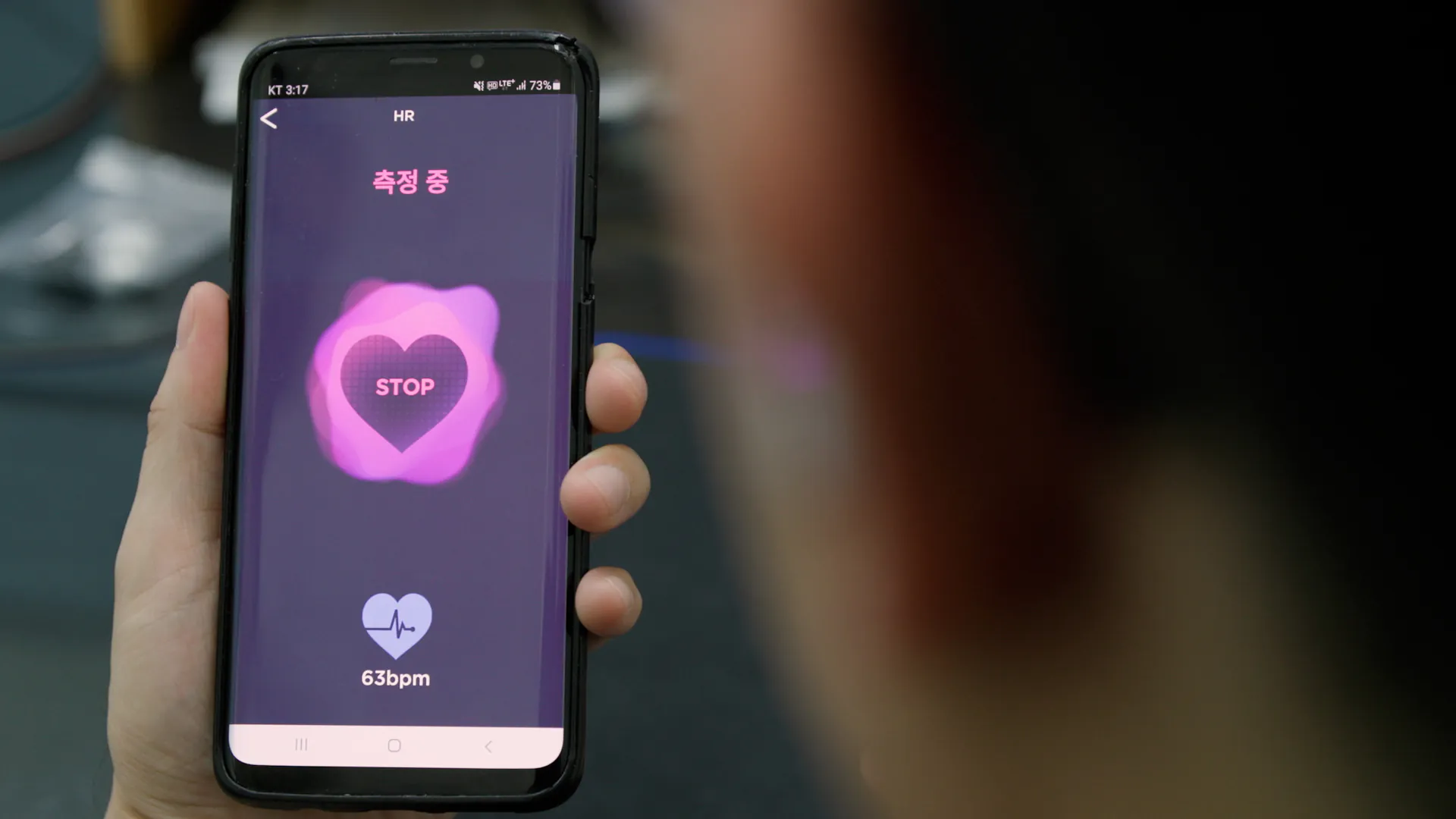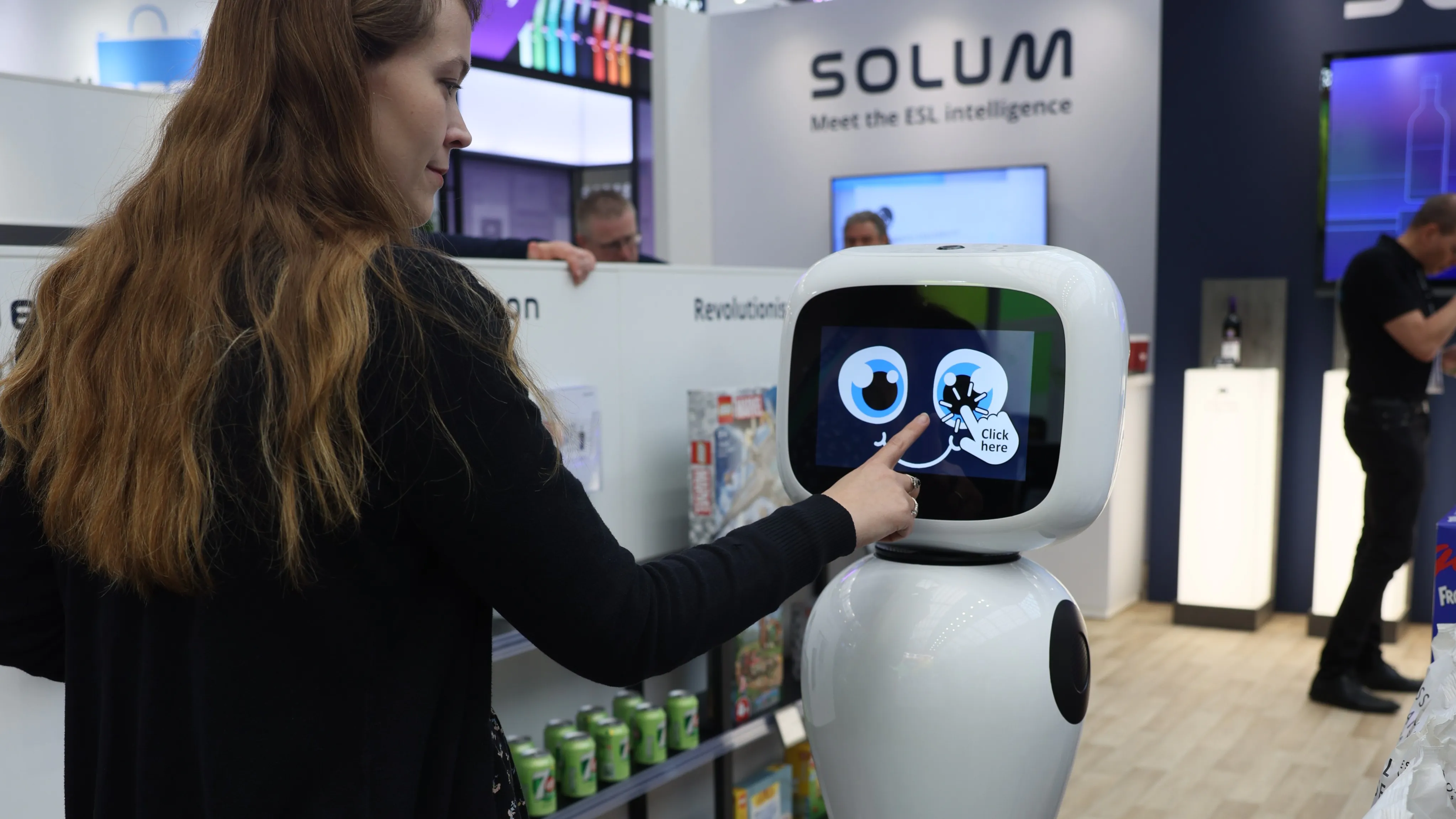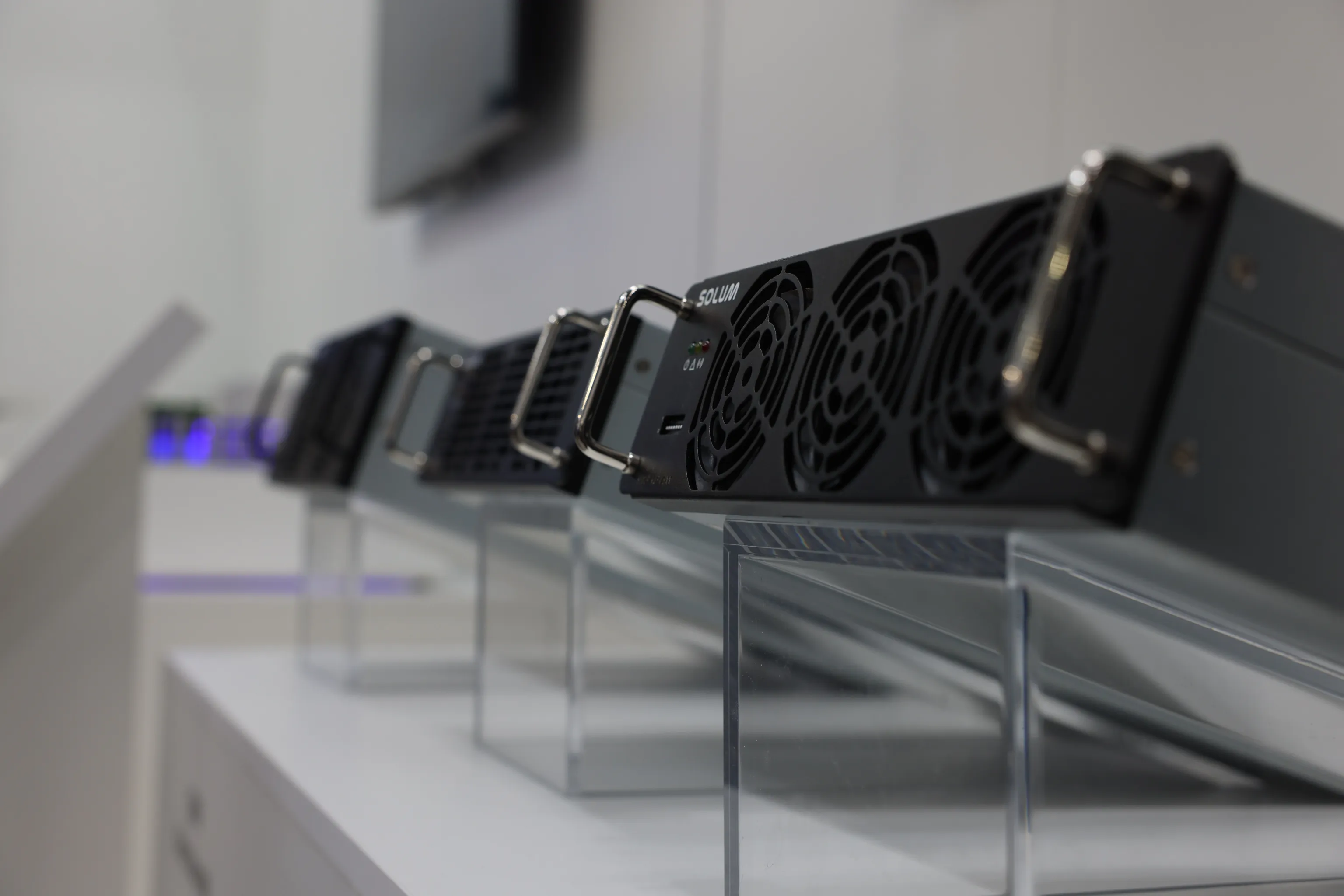Different Uses of Sensors
Sensors might be small and discreet, but they are everywhere around us and in remarkable devices and systems. Sensors can be found at homes, in various places of work and livelihood, in cars or buses when people travel or commute, in the electronics and mobile devices people use, or in nature and the surrounding environment. The numerous uses of sensors have become quite significant when it comes to improving aspects of people’s lives.
What is a sensor?
A sensor, in simple terms, is an electronic device, module, or system that measures or responds to an element or properties of its physical environment and produces an output signal from the input data. The converted signal can then be interpreted, displayed, or used for further analysis.
Because of this, sensors are used to gather data and information about the numerous things in the world around us. They also play a vital role in various applications across industries. The use of sensors applies to industries such as automotive, industrial automation, healthcare, consumer electronics, environmental monitoring, and more.
Sensors can be designed to measure a wide range of physical properties, events, and changes in their environment. This includes:
- Temperature - Temperature sensors measure the temperature in an environment and convert it into an electrical signal. They’re used in a range of devices and systems like machinery, appliances, thermostats, computers, and more.
- Pressure - Pressure sensors detect changes in pressure, whether it's atmospheric pressure, fluid pressure, or gas pressure. They can be found in machinery, HVAC (heating, ventilation, and air conditioning) systems, and aircraft engines.
- Touch - Touch sensors detect a physical touch on a surface. These kinds of sensors are used on a lot of electronic devices like smartphones, laptops, and tablets, as they have trackpad and touchscreen capabilities. These can also be used in dispensers and elevators.
- Light - Light sensors, such as photodiodes or phototransistors, measure the intensity of light in their surroundings.
- Proximity - Proximity sensors detect the presence or absence of an object within a certain range. These are used mostly in elevators, automobiles, transportation, retail stores, parking lots, and more.
- Motion - Motion sensors, like accelerometers or gyroscopes, detect movement or changes in orientation. They are mostly used in smart lights, cameras, security systems, automatic doors, and other systems.
- Humidity - Humidity sensors measure the moisture content in the air. These sensors can be found in agriculture, meteorology, pharmaceuticals, food processing, HVAC, and more.
- Gas - Gas sensors can detect the presence and concentration of specific gas in the environment. They are commonly found in manufacturing facilities, factories, and plants.
- Sound - Sound sensors (microphones) convert sound waves into electrical signals, and are mostly used in consumer electronics and other monitoring systems.
- Force - Force sensors measure the force applied to them, often used in applications like touch screens or scales.
- Level - Level sensors can determine the level of a physical substance such as water, fuel, coolant, grain, fertilizer, or waste.
- Biometric - Biometric sensors, like fingerprint or iris scanners, capture unique biological characteristics for authentication purposes in offices, laboratories, factories, and more.
Sensors can also be classified whether they are active or passive, digital or analog, and input or output.
What are the different uses of sensors?
Sensors have a wide range of uses across various fields and industries. This is primarily due to their ability to gather data from the environment and provide valuable information for analysis, control, and decision-making.
Here are some different uses of sensors:
Automotive
- Vehicle Control: Sensors are used for engine control, emission control, and safety features like anti-lock braking systems (ABS) and airbags.
- Parking Assistance: Ultrasonic or radar sensors help drivers park by detecting obstacles around the vehicle.
- Collision Avoidance: Radar and camera-based sensors, on the other hand, assist in detecting and avoiding collisions.
Healthcare
- Medical Imaging: Sensors like X-ray detectors, MRI (magnetic resonance imaging) sensors, and ultrasound transducers provide detailed images for diagnosis.
- Vital Sign Monitoring: Sensors measure heart rate, blood pressure, temperature, oxygen levels, and other vital signs for patient monitoring.
- Implantable Devices: Sensors can be implanted to monitor conditions like glucose levels in diabetics.
Consumer Electronics
- Smartphones: Sensors in smartphones include accelerometers, gyroscopes, ambient light sensors, proximity sensors, and fingerprint scanners.
- Fitness Trackers: Sensors monitor steps, heart rate, and other biometric data for health and fitness tracking.
Industrial Automation
- Process Control: Sensors regulate and optimize manufacturing processes by monitoring variables like temperature, pressure, and flow.
- Robotics: Sensors provide feedback to robots for precise movement, object detection, and safety.
- Quality Control: Sensors can help inspect products for defects during production.
Environmental Monitoring
- Weather Forecasting: Sensors can measure atmospheric conditions like temperature, humidity, and air pressure to predict weather.
- Air and Water Quality: Sensors detect pollutants and measure parameters, like pH and turbidity, in the environment.
Agriculture
- Precision Farming: Sensors can monitor soil moisture, nutrient levels, and crop health to optimize irrigation and fertilization.
- Livestock Monitoring: Sensors can also track animal behavior, health, and location for better livestock monitoring and management.
Security and Surveillance
- Intrusion Detection: Motion sensors detect movement and trigger alarms in security systems.
- Video Surveillance: Cameras equipped with sensors capture video footage and can detect unusual or suspicious activity.
Energy Management
- Smart Grids: Sensors monitor electricity consumption, voltage levels, and line conditions to optimize energy distribution.
- Home Automation: Sensors can control lighting, heating, and cooling based on occupancy and environmental conditions.
Transportation
- Traffic Management: Sensors monitor traffic flow and can provide data for optimizing traffic signal timings.
- Public Transportation: Sensors track vehicle locations and provide real-time arrival information for the public.
Space Exploration
- Planetary Exploration: Sensors on spacecraft and rovers collect data about distant planets and celestial bodies.
- Telescopes: Sensors capture light from stars and galaxies to study the universe.
These are just a few examples of the numerous uses of sensors—collecting data, improving efficiency, enhancing safety, and advancing our understanding of the world around us.
Does SOLUM manufacture sensors?
Yes! SOLUM Group develops and offers sensors with high sensing performance and leading-edge technology for various applications. SOLUM Sensors are IR-type photoelectric proximity and temperature sensors that integrate performance, power efficiency, and cost-effectiveness together in an industry’s smallest class, ultra-compact packages.
The SOLUM Proximity Sensor is an ultra-small proximity sensor that detects the presence of an object that enters the sensor’s field. It also boasts a low crosstalk VCSEL (Vertical Cavity Surface Emitting Laser) emitter, low current consumption, and built-in ESD (electrostatic discharge) protection.
Meanwhile, the SOLUM Temperature Sensor is a contactless temperature sensor that has the capability to measure body temperature. They allow safe and accurate temperature tracking, as well as digital tracking and reporting.
These SOLUM Sensors are designed for ultimate flexibility and power so that the most innovative products can be created.
What industries can use SOLUM Sensors?
SOLUM Sensors boast a small footprint and highly integrated design that allow innovation and compatibility within a wide range of products and applications.
Here are some of the fields and industries that can take advantage of SOLUM Sensors:
- Healthcare services, specifically in home health care, public safety, diagnostic and detection
- Fitness industry, specifically in smart fitness trackers, fitness training, personal healthcare, etc.
- Consumer electronics, such as laptops, smartphones, household appliances
- Earphones and the audio industry, specifically wireless earbuds
- Wearable technology, specifically smart watches, GPS watches, and heart rate monitors
We live in a world full of sensors. And as technology continues to evolve, sensors are becoming more sophisticated and versatile, enabling even more innovative applications. Talk to SOLUM Group experts today to learn how you can create smarter products with SOLUM Sensors.











